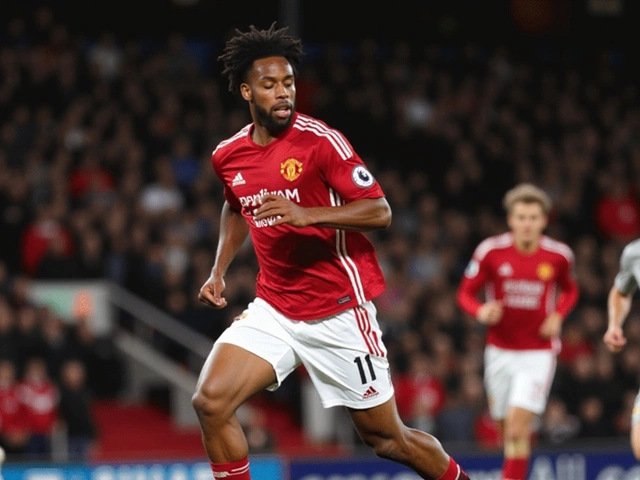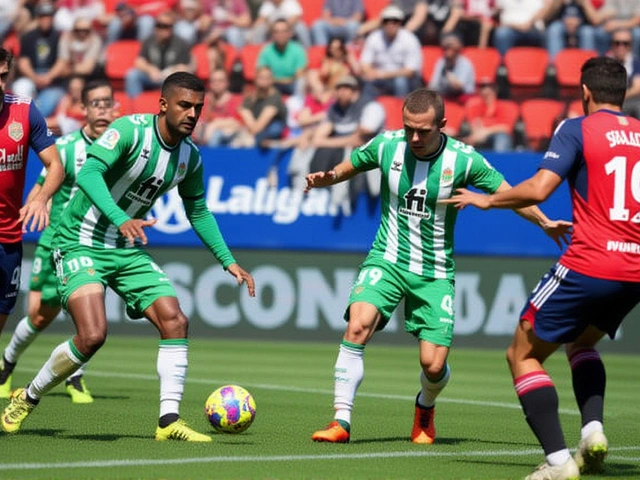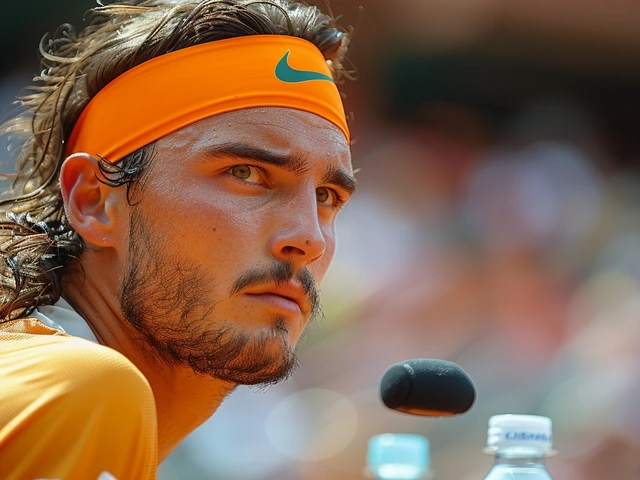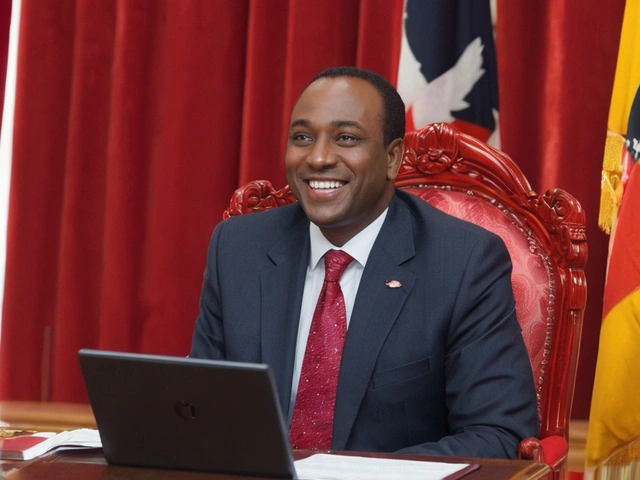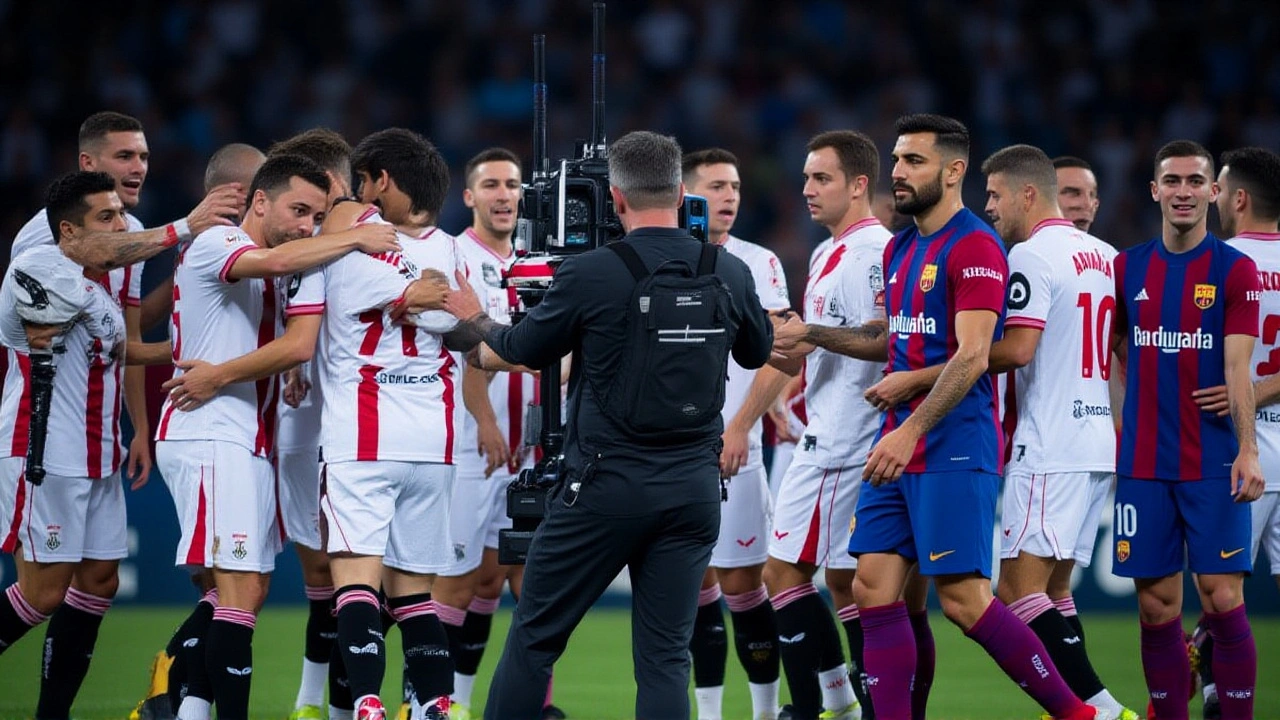Marcus Rashford – News, Stats & Stories
When talking about Marcus Rashford, the England forward known for his pace, clinical finishing and community work. Also called Rashford, he has become a staple of both Manchester United, a historic Premier League club that relies on his attacking flair and the England national team, the side that fields him in major tournaments and qualifiers. The blend of club commitment and international duty creates a unique performance profile that fans and analysts watch closely.
Rashford’s core attributes—speed, dribbling, and a keen eye for goal—make him a natural striker in modern football. He thrives in high‑press systems, where his ability to press defenders and finish fast breaks adds tactical flexibility. At Manchester United, his role often shifts between left‑wing and central forward, meaning coaches value his adaptability. This versatility influences his training routine, which includes sprint work, finishing drills, and strength training to sustain the physical demands of the Premier League.
Off the pitch, Rashford has built a reputation as a social activist. His campaign against child poverty in the UK led to a government policy shift, proving that a footballer can impact public policy. This activism intersects with his brand partnerships, where sponsors look for athletes who can deliver both performance and purpose. As a result, his market value isn’t just measured in goals but also in community influence.
Key Performance Metrics
Statistically, Rashford averages 0.45 goals per game in the Premier League, with a shot accuracy of 58%. In the Champions League, his conversion rate jumps to 62% when playing centrally. These numbers reflect his efficiency as a finisher and his knack for scoring in high‑pressure matches. Moreover, his assist tally—averaging 0.3 per game—shows he contributes to team play beyond scoring.
From a tactical standpoint, Rashford’s preferred formation is a 4‑3‑3, where he occupies the left forward slot, cutting inside to shoot with his right foot. This positioning creates space for overlapping full‑backs and allows him to link up with midfield creators. When deployed as a central striker in a 4‑4‑2, he often drops deep to draw defenders, enabling midfield runners to exploit gaps.
Contract-wise, Rashford’s recent extension with Manchester United includes performance‑based bonuses tied to goal totals and community milestones. This structure incentivizes him to maintain high on‑field output while continuing his charitable projects. Agents and club negotiators use these clauses to balance financial risk with brand alignment.
Fans appreciate Rashford’s knack for scoring in clutch moments—late winners, equalizers, and derby goals. His mental resilience is evident in his recovery from injuries; each comeback sees him return with a fresh goal burst, showcasing his dedication to rehabilitation and conditioning.
Media coverage of Rashford often highlights his dual impact: sporting excellence and societal contributions. Analysts compare him to past English forwards who combined flair with activism, noting that his modern brand sets a benchmark for future players. This dual narrative fuels debates about his legacy in both footballing and social arenas.
Looking ahead, Rashford’s upcoming schedule includes key Premier League fixtures, a Champions League knockout round, and England’s Euro qualifiers. Each competition tests different aspects of his game—physical endurance in the league, technical precision in Europe, and tactical discipline in international play.
Below you’ll find a curated list of articles that dive deeper into Rashford’s recent performances, contract updates, community initiatives, and tactical analyses. Whether you’re tracking his goal tally, studying his movement patterns, or learning about his charitable work, the collection offers a comprehensive look at why Marcus Rashford remains a pivotal figure in football today.
